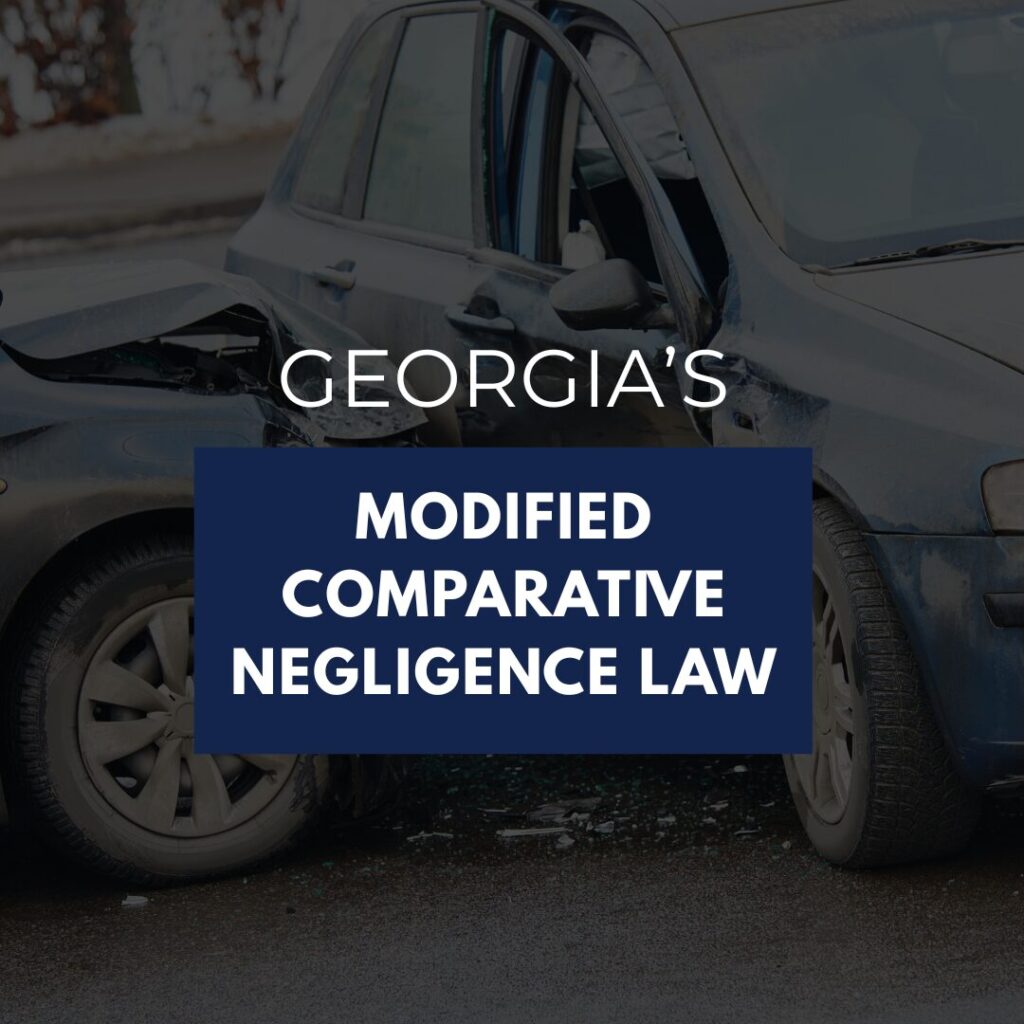
Getting into a car accident is stressful enough without having to worry about complicated legal rules. But if you’ve been in a crash in Georgia, you may have come across the term “50% Rule.” This rule is something very important to understand when you’ve experienced an accident.
To put it simply, it’s the one rule that could decide whether you walk away with compensation for your injuries or leave empty-handed.
Georgia’s Negligence Law: Modified Comparative Negligence (The 50% Bar Rule)
Every state has its own rules for deciding who’s at fault in car accident cases. Some states are very strict that if you’re even 1% at fault, you walk away with nothing. Georgia takes a middle ground approach called modified comparative negligence with a 50% bar. Here’s how it works:
- Fault Is Divided Between Parties: A judge or jury assigns each person a percentage of blame.
- Example: if you were going 5 mph over the speed limit, but the other driver ran a red light, the jury might decide that your percentage of fault is significantly lower than the other driver.
- Compensation Is Reduced by Fault: If you are 10% at fault and your damages are $50,000, you receive $45,000.
- 50% or More Fault Means No Recovery: If you are 50% or more responsible, you recover nothing.
This system is designed to be fair, but it can feel harsh when you’re the one dealing with medical bills and lost wages. Working with a skilled Georgia car accident lawyer can make all the difference in ensuring you get the compensation you deserve.
Breaking Down Comparative Negligence in Simple Terms
- Comparative = comparing what each person did wrong.
- Negligence = carelessness (e.g., texting while driving, not checking blind spots
Together, it means comparing everyone’s mistakes to divide responsibility fairly.
Georgia Laws Behind the 50% Rule
- O.C.G.A. Georgia Code § 51-11-7: Prevents recovery if someone could have avoided injury by being reasonably careful. It prevents people from ignoring obvious dangers and then trying to collect money when they get hurt.
- O.C.G.A. Georgia Code § 51-12-33: Requires juries to assign percentages of fault to each party and denies recovery if fault is 50% or greater.
Real-World Examples of the 50% Rule
- Scenario 1: Minor Fault, Major Recovery → You’re rear-ended but had a broken taillight. Jury assigns 10% fault to you and 90% to the other driver. Your medical bill, damages, and lost wages add up to $50,000. Because you’re 10% at fault, you receive $45,000 ($50,000 reduced by 10%).
- Scenario 2: Crossing the Line → You run a red light, jury assigns 55% fault to you. You recover nothing even if your damages total a large amount.
- Scenario 3: Shared Fault, Reduced Recovery → Unsafe lane change vs. texting driver. You’re 40% at fault. You recover $60,000 if your damages total $100,000 after your 40% reduction.
If you’re wondering how fault might be assigned in your specific situation, our free injury case evaluation can help you understand where you stand.
Why the 50% Rule Matters in Georgia Car Accident Cases
Insurance companies know this rule and use it against victims. Here’s their strategy: they’ll try to push as much blame onto you as possible. Even if you were only slightly careless, they’ll argue you were primarily at fault.
Why? Because if they can convince a jury you’re 50% or more responsible, they don’t have to pay you anything.
This is why you need a Georgia personal injury attorney who can present evidence like:
- Police reports
- Witness statements
- Accident reconstruction
- Surveillance footage
- Expert testimony
Even a small shift in fault (49% vs. 51%) could mean the difference between thousands of dollars in compensation or nothing.
Common Questions About Georgia's 50% Rule
Does Georgia follow pure comparative negligence?
No. Georgia uses modified comparative negligence with a strict 50% cutoff.
What if both drivers are 50% at fault?
Neither driver can recover compensation.
Can I recover if I could have avoided the accident?
Possibly not, under O.C.G.A. Georgia Code § 51-11-7, if you could have avoided your injuries by using ordinary care, you might not be able to recover even if the other driver was also negligent. Legal representation is critical here.
How do juries decide fault?
They review police reports, expert analysis, witness statements, and accident photos to assign percentages.
The Bottom Line: Key Takeaways
- You can only recover compensation if you are less than 50% at fault.
- Your award is reduced by your percentage of fault.
- At 50% fault or higher you get nothing.
Because of this, working with an experienced Georgia car accident lawyer is essential to protect your rights and maximize your recovery. Insurance companies have teams of adjusters and lawyers whose job is to minimize what they pay out. They’ll work hard to make you seem more at fault than you really are.
You need someone in your corner who understands the law, knows how to investigate accidents properly, and can build a strong case that accurately reflects what happened.
Get the Help You Need
If you’ve been injured in a Georgia car accident, time is not on your side. Evidence disappears, witnesses forget, and insurance companies build cases against you.
Call the Brodie Law Group today at (478) 239-2780 for a free injury consultation.
We’ll review your case, explain how the 50% Rule applies, and fight for the compensation you deserve.




